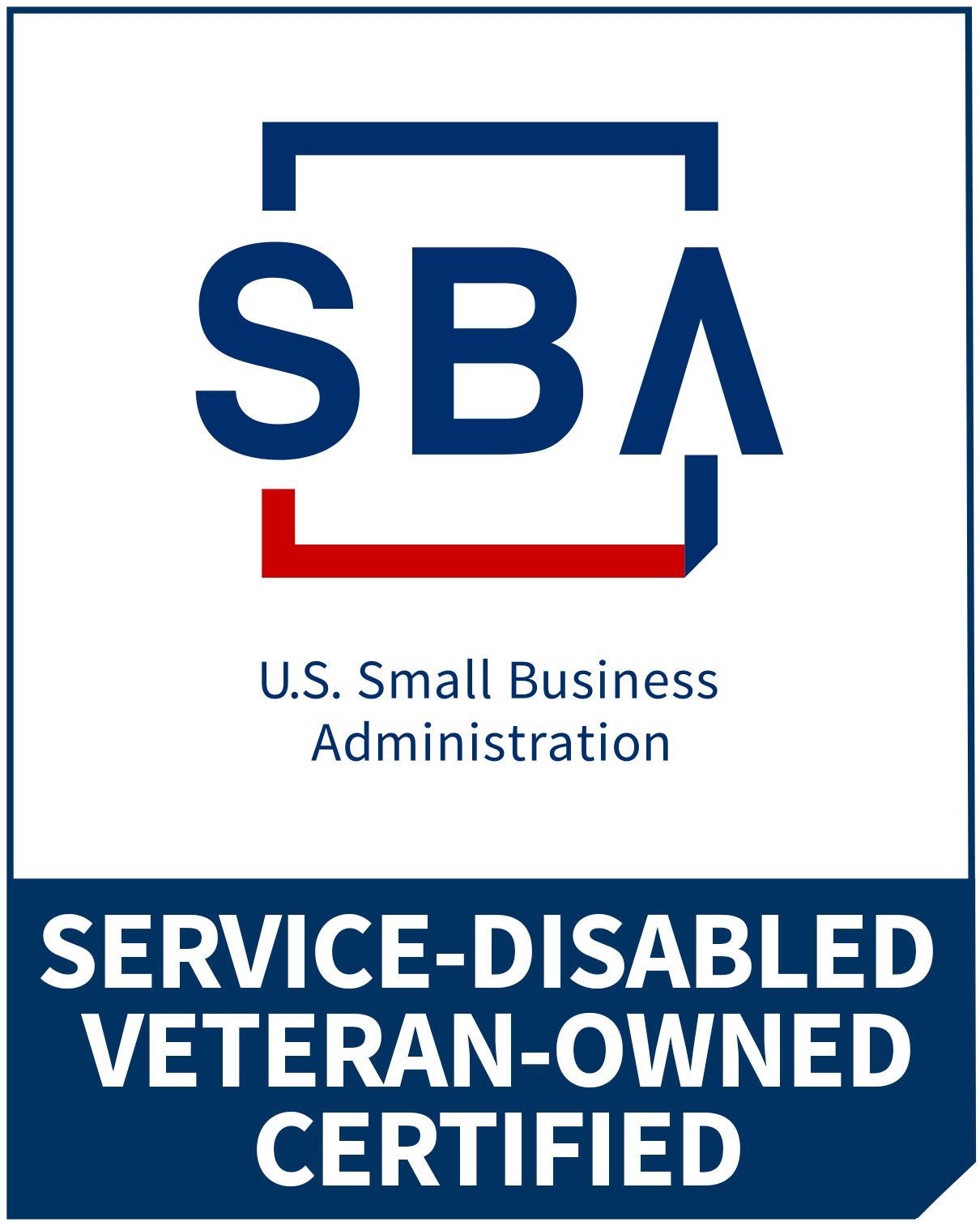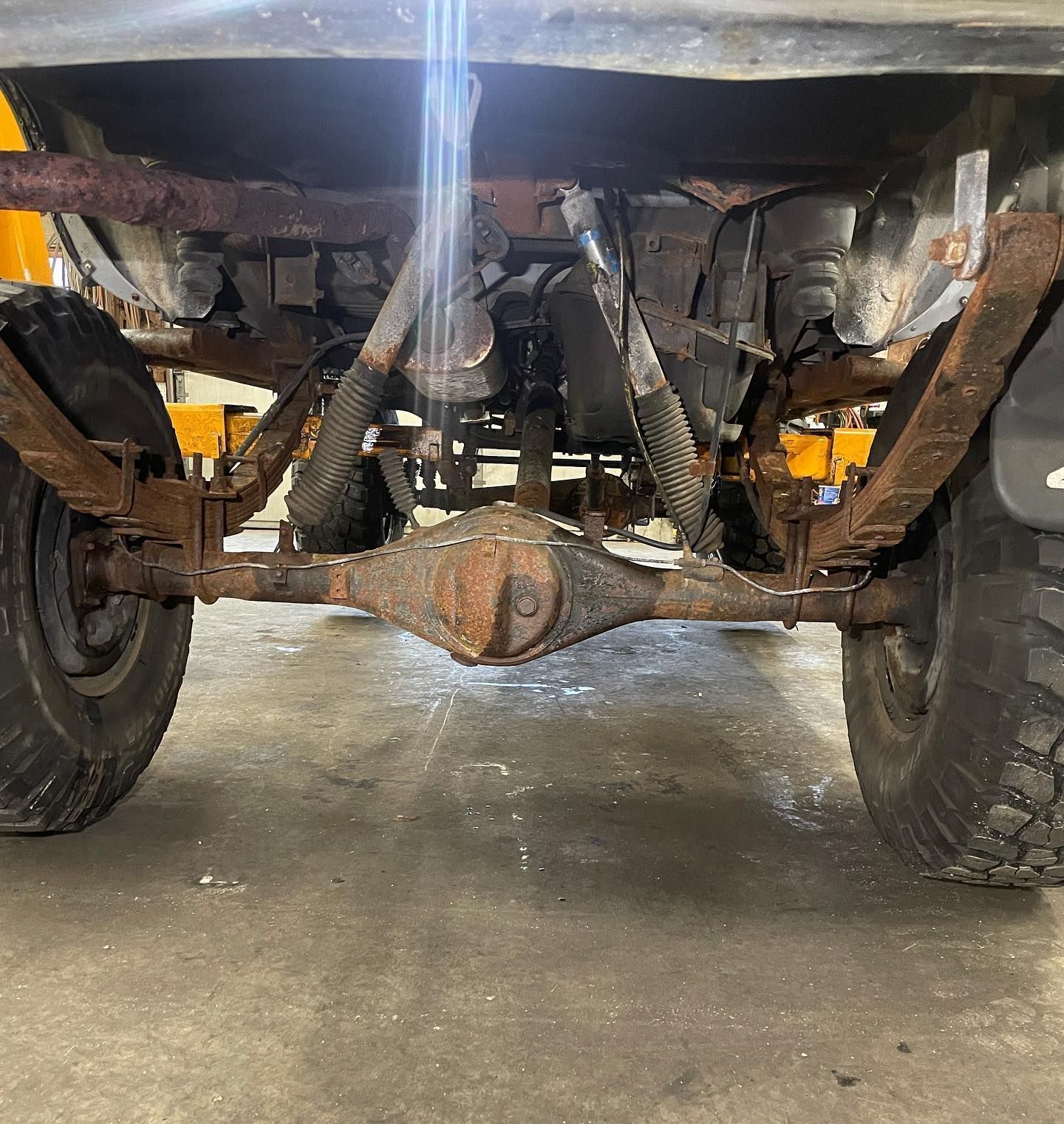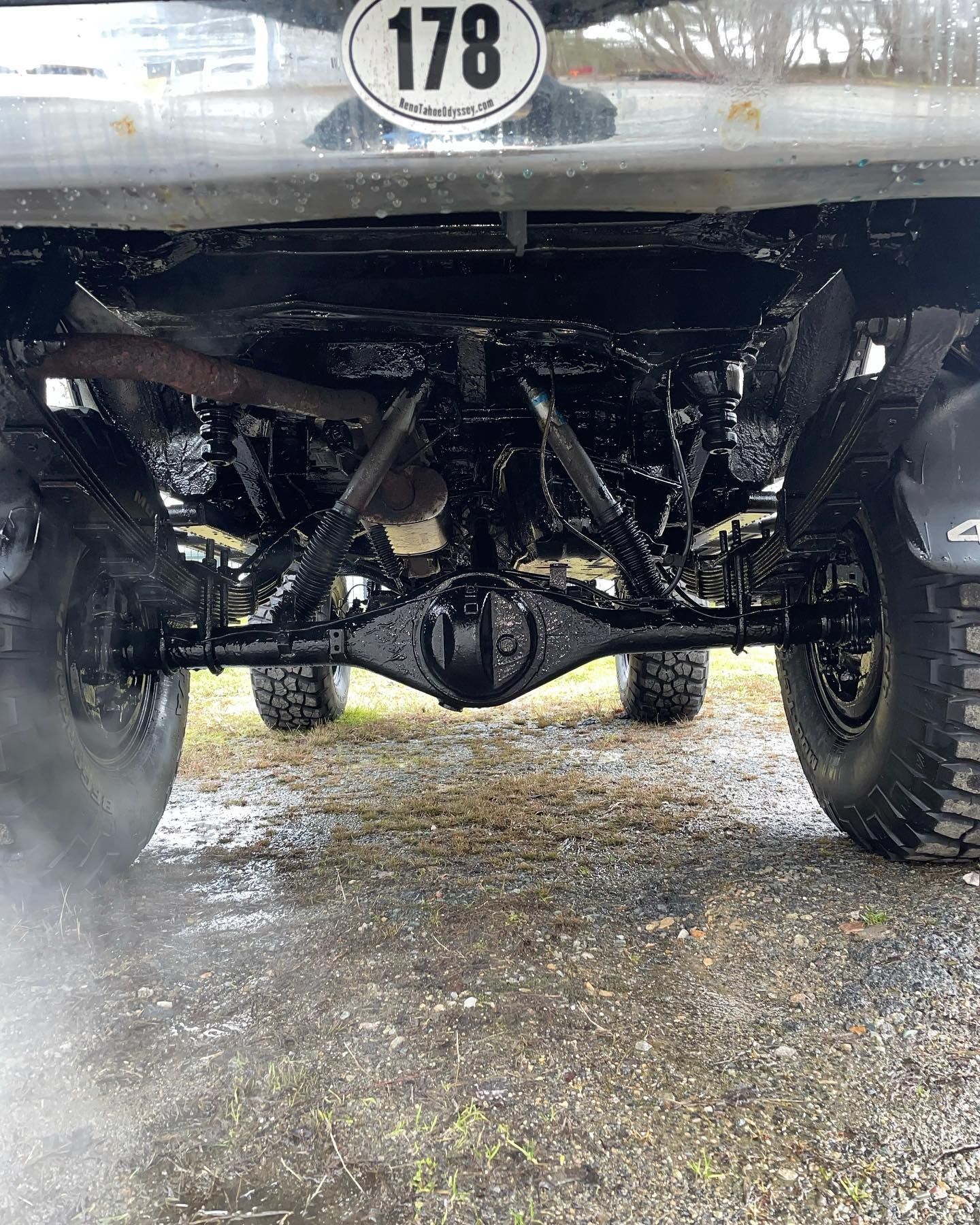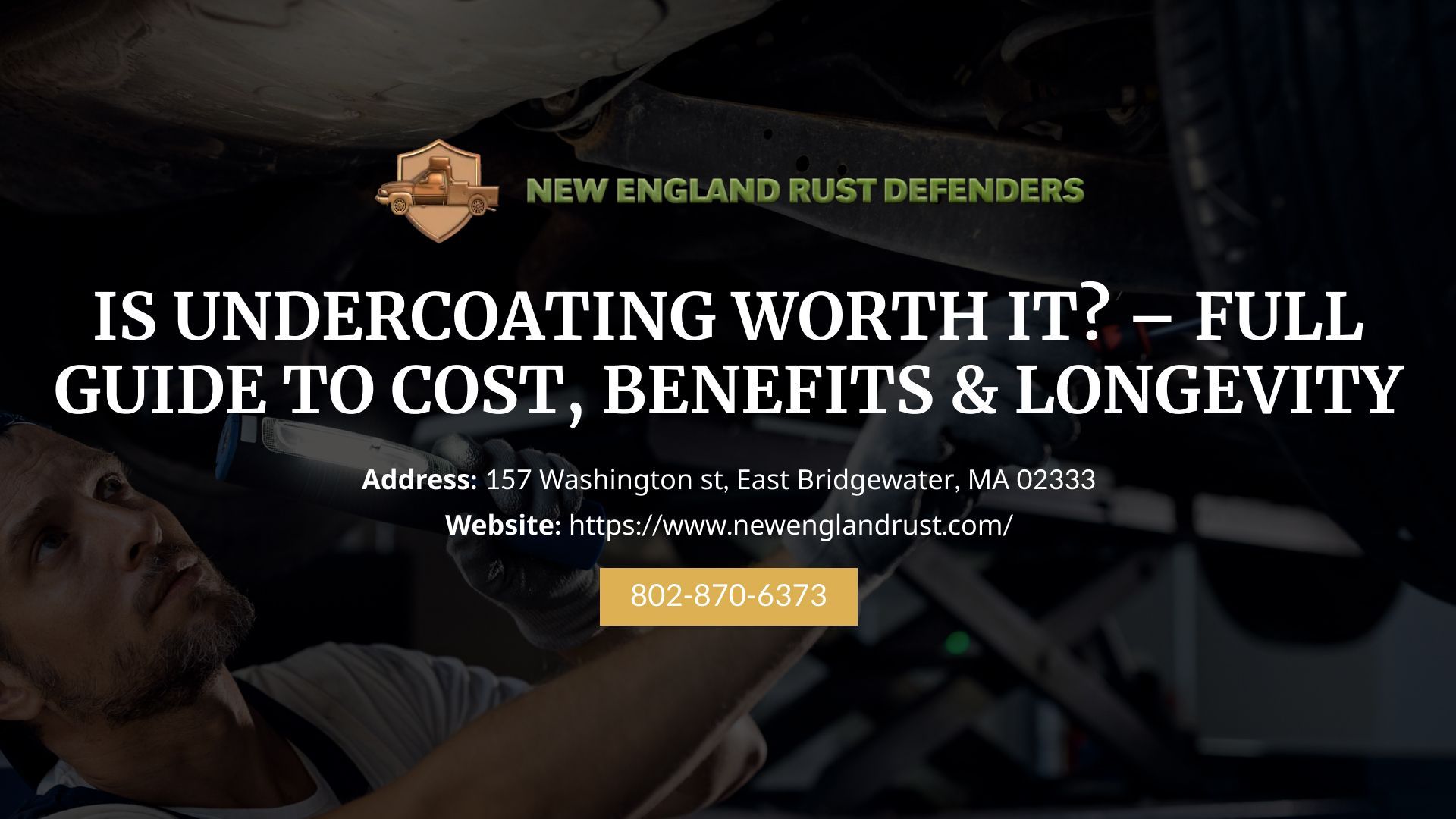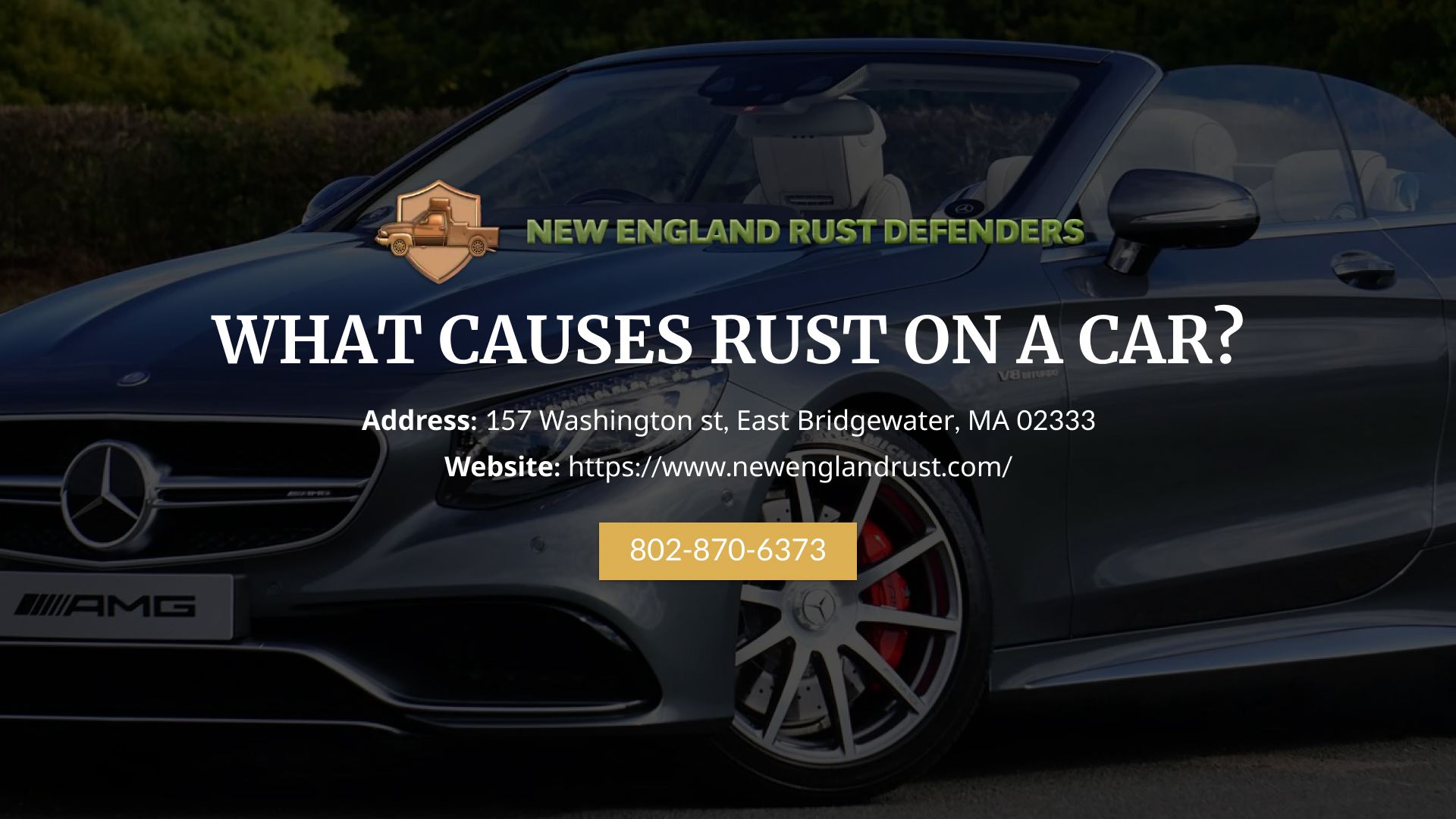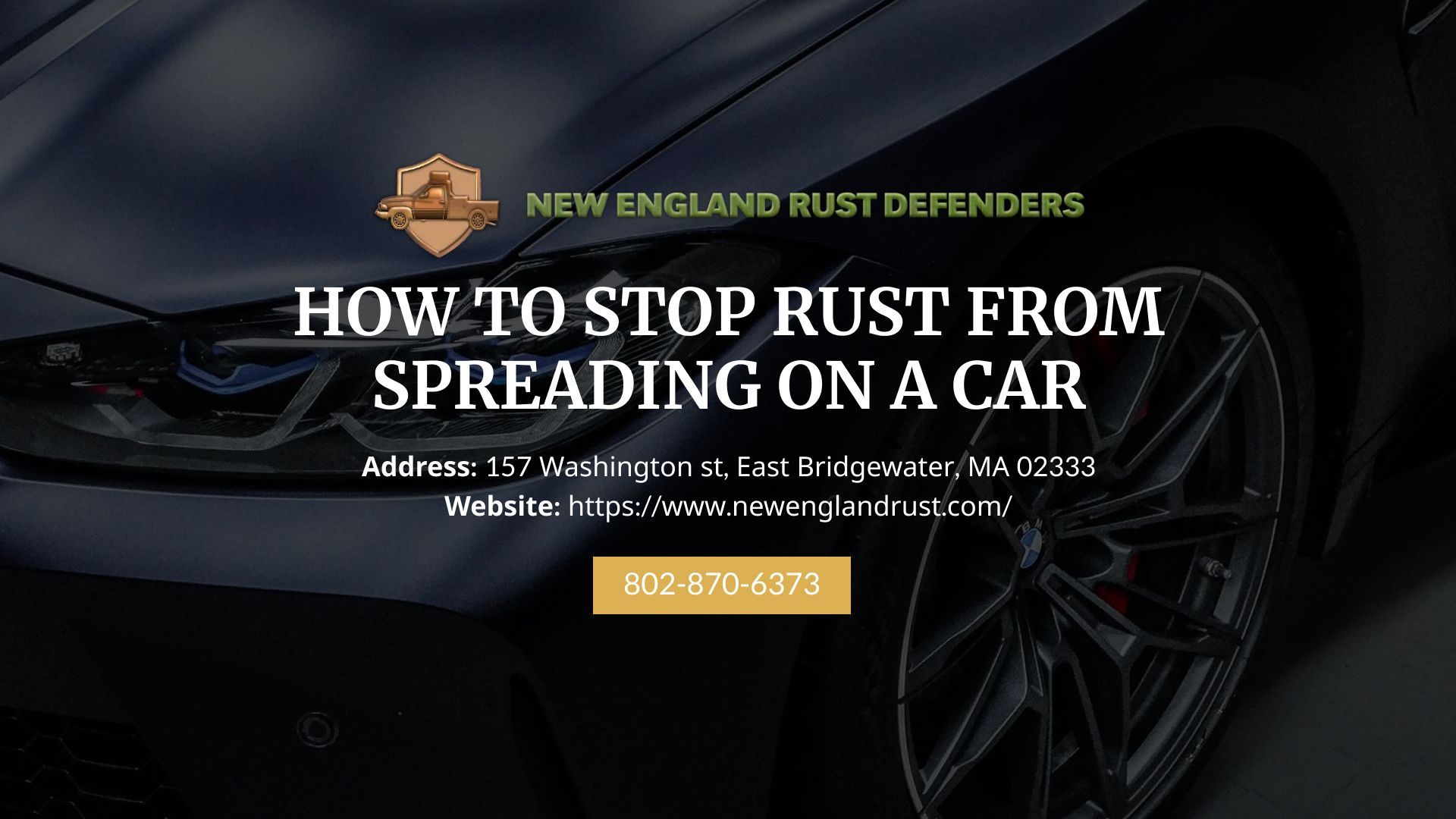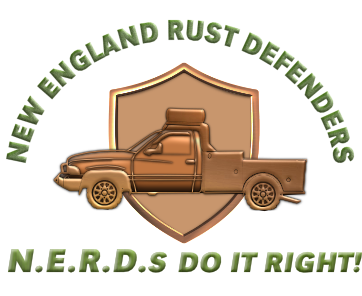How To Fix Vehicle Rust: A Detailed Guide For Beginners
Rust is one of the most common problems that damages cars. This guide will show you how to fix vehicle rust, ranging from minor DIY repairs to professional steps.
Understanding Rust And Its Impact On Vehicles
Types Of Rust Damage
- Surface Rust: It generally occurs when a paint chip or scratch reveals metal.
- Scale Rust: This type happens when surface rust is ignored. It digs deeper into the metal, making it flaky and rough.
- Penetrating Rust: This is serious rust that eats through the metal and creates holes. Fixing it requires cutting out damaged parts and welding new metal.
- Undercarriage Rust: This type of rust develops where salt, mud, and water accumulate beneath your vehicle.
Consequences Of Neglecting Rust
- Structural Integrity: Rust makes important parts like the suspension and frame weaker, which can make your car dangerous to drive.
- Resale Value: Rust makes it harder to sell your car because buyers usually avoid vehicles with visible rust.
- Repair Costs: The rust will expand to other areas of your vehicle, leading to more serious issues and expensive repairs.
- Vehicle Appearance: Rust can make your car look worn and neglected. Even a few small rust spots can affect how it looks overall.
- Rust Progression: As rust spreads, it starts to damage areas like the wheel wells and the underside of your vehicle.
How Much For Rust Repair
Rust repair costs depend on how severe the damage is. Small DIY repairs are usually affordable, while deeper rust damage can get very expensive. For minor rust spots, you can save money by doing it yourself. For large areas of rust, the best option is to book a rustoration service to achieve long-term and secure results. On average, DIY rust repair costs between $50–$150, while professional repairs range from $100 to $500.
Step-By-Step Guide: How To Fix Vehicle Rust
- Rust Removal: To get rid of the rust, sand or grind off the rusted section until you reach clean, shiny metal. The next step is to make sure you clean off all dust and other debris.
- Structural Reinforcement: If you are trying to repair an area that is hollow due to rust, apply fiberglass patches to fill and strengthen the area.
- Surface Refinement: Fill in the repaired section with body filler and smooth it out. Let it dry and then sand it to get it ready for painting.
- Final Polish: Sand it again with a finer grit, apply primer, and paint again to match the shade of your car.
Common Mistakes To Avoid When Repairing Vehicle Rust
- Incomplete Rust Removal: You must remove all the rust; otherwise, it will continue spreading under your repair.
- Poor Fiberglass Application: Incorrectly applying fiberglass patches weakens the repair. Make sure they are properly fitted and bonded.
- Uneven Filler Smoothing: You need to sand body filler evenly. If it’s not smooth, it will show under the paint and look unprofessional.
- Poor Priming: Primer is really important for making paint stick and preventing rust. Skipping this process results in peeling paint and the return of rust.
- Rushing Final Finishing Steps: Let each layer—like filler, primer, and paint—dry completely before you move on to the next one. Rushing this will cause cracks, bubbles, and poor results.
- Required Tools & Workspace: Make sure you have the right tools and a safe, well-ventilated area to work in before getting started.
Book Your Car Rust Repair Near Me Today
DIY repairs are suitable for small rust areas; big damage requires professional attention. At New England Rust Defenders, we focus on rust repair services to restore your car's appearance and protect it from future rust. Contact us today to book your rustoration service in East Bridgewater and nearby cities.

